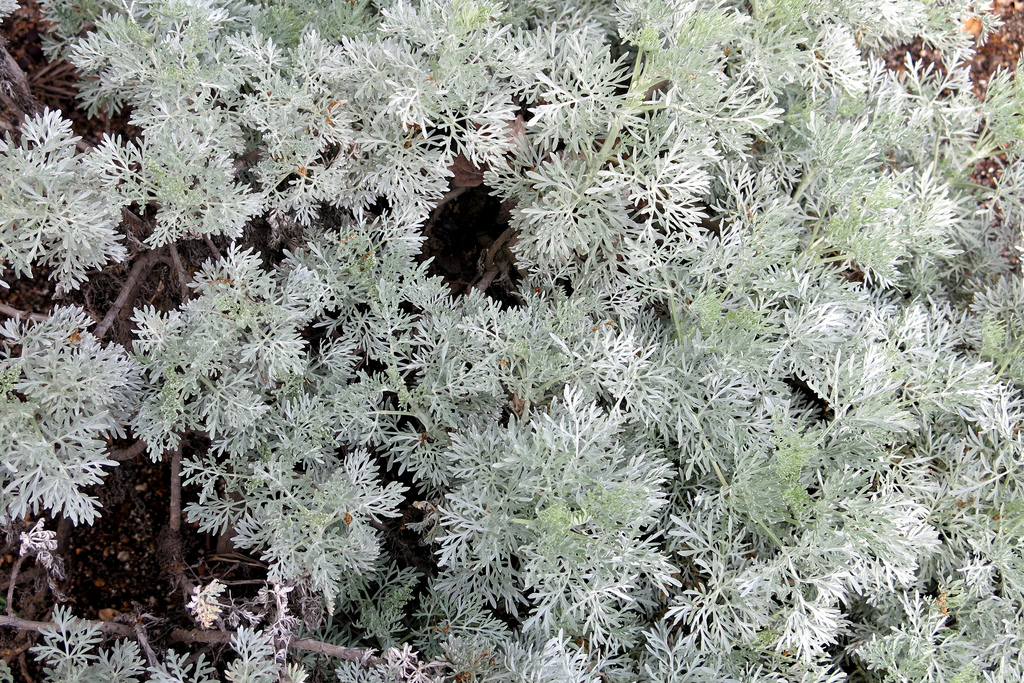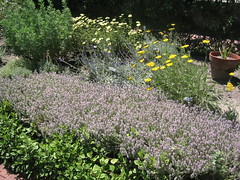The International Herb Association [http://www.iherb.org/117-2/] has selected Peppers/Capsicum as the herb of the year for 2016. It is an interesting choice as peppers, chili peppers or whatever you choose to call them have been around for thousands of years and are celebrated in many cultures. There is evidence that Native Americans have used peppers both as food and medicine for at least 9000 years. Traditional healers in India, China, Japan and Korea have also been known to use peppers for both culinary and health benefits. Those folks who don’t like spicy foods may baulk at the idea of eating hot peppers but peppers come in hundreds of varieties ranging from mild red paprikas and sweet pimentos to fiery hot varieties. The essential ingredient is cayenne, an oily compound well known for its many health benefits. Capsaicin is an active component of chili peppers, which are plants belonging to the Genus Capsicum. [spelling is different, not a typo] It is an irritant for mammals, including humans, and produces a sensation of burning in any tissue with which it comes into contact. This short article presents a brief overview. There is plenty left unsaid for those of you who like to write to contribute articles on cultivation, recipes etc. during the coming year.
The hotter a chili pepper is the more capsaicin it contains. Capsaicin has been said to do wonders for the consumer, everything from opening up clogged airways to helping manage diabetes. It is a metabolism booster and will speed up your calorie burning mechanism for a few hours after eating. Capsaicin is said to be anti-inflammatory so it is a good remedy against heart disease. Peppers contain plenty of vitamins A and C along with flavonoids and carotenoids, plant pigments that act as antioxidants.
Cayenne pepper is available in the spice section of the supermarket. It is also known as ground red pepper, not to be confused with black pepper [Piper Nigrum]. Fresh cayenne peppers can irritate or burn skin. Wear rubber gloves when hand-ling fresh hot peppers. Wash hands well after handling and don’t touch eyes or nose. The same goes for the spice. Use a utensil to measure for recipes and not your fingers. Be careful when applying topical capsaicin creams to reduce pain. Be sure to follow directions on the tube.
So MVHS members, lets spice up 2016 with peppers and see how we can use them in our diets, cooking and to better our health. A wonderful chili pepper calendar for 2016 is available at the International Herb Society web site.
How can it be 2016 already? The years do seem to fly by.
Deanna Harwell-Baksh


